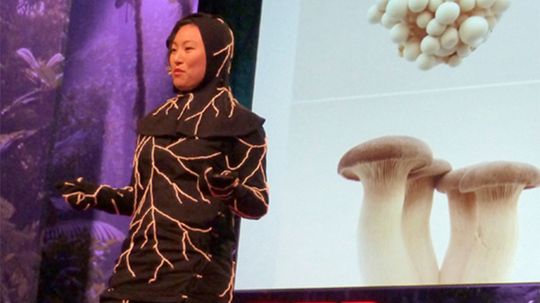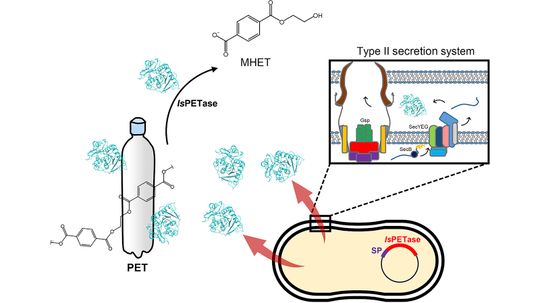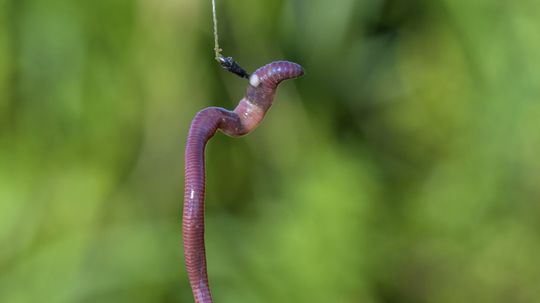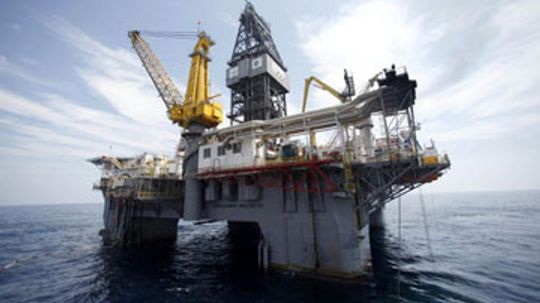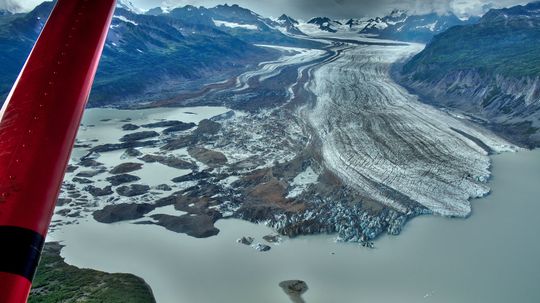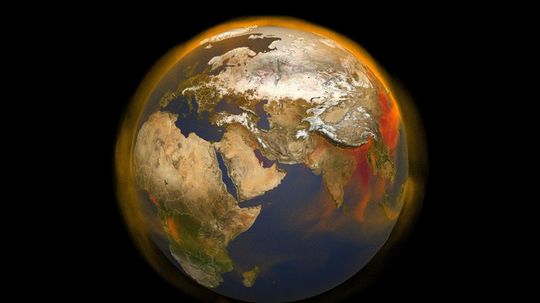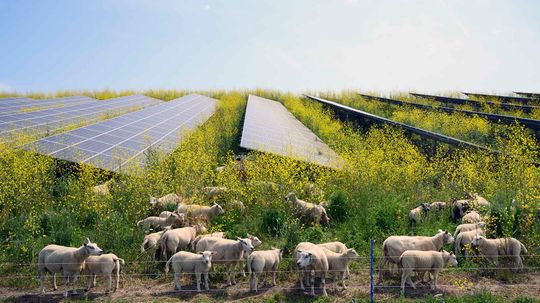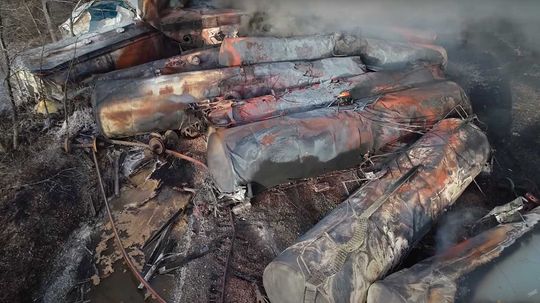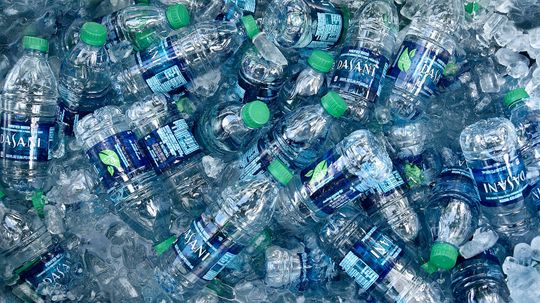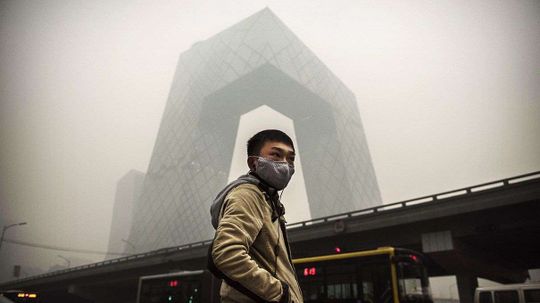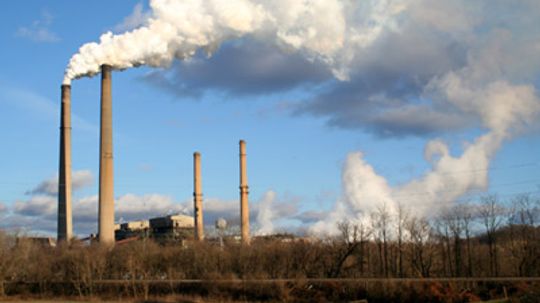Green Science
Green Science is the application of eco-friendly thinking to scientific disciplines. Learn about global warming, pollution and other impacts on nature and the planet, plus what we can do to combat them.
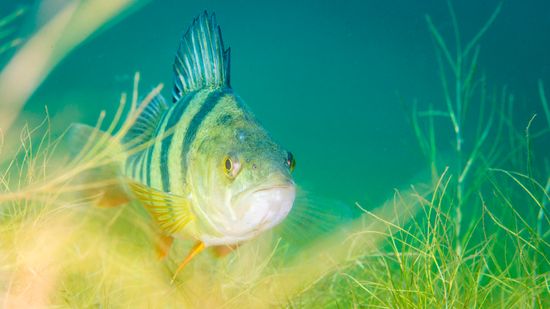
The Fish Doorbell Isn't a Joke ... Seriously
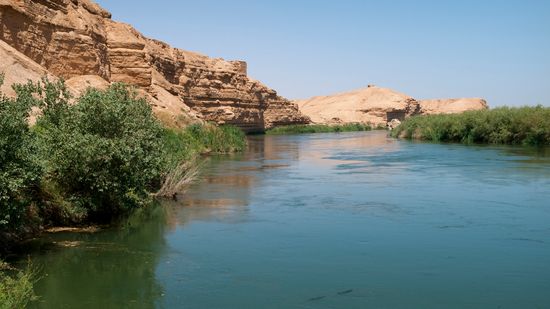
The Euphrates River, at the 'Cradle of Civilization,' Is Drying Up
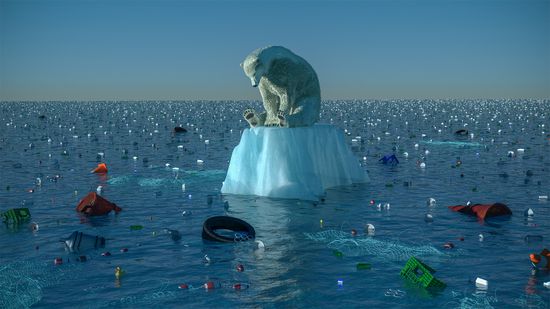
Study Says 2035 Is Climate Change Point of No Return
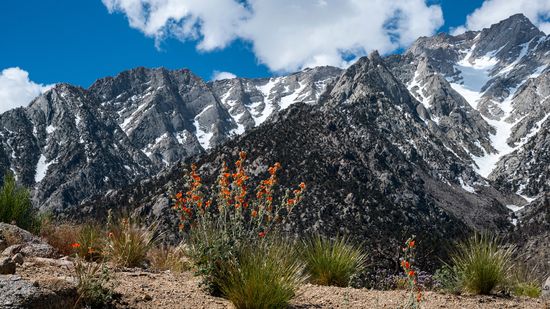
What State Has the Most Mountains in the U.S.? 8 Peak Records
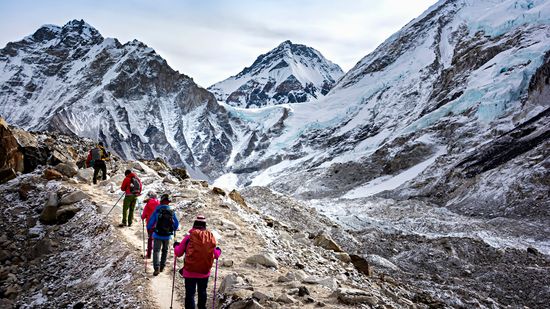
The Most Dangerous Mountain to Climb (and 14 Giving Steep Competition)
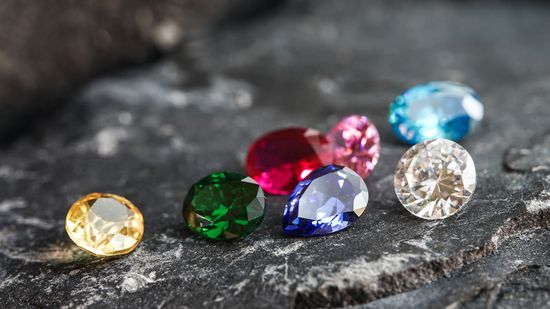
15 Types of Gemstones to Add a Little Sparkle to Your Life
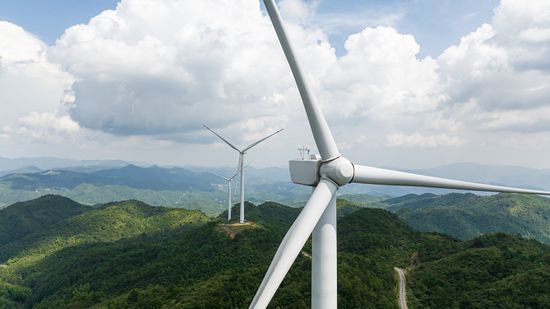
How Many Birds Are Killed by Wind Turbines, Really?

How a Lithium Mine Works and Impacts Local Communities
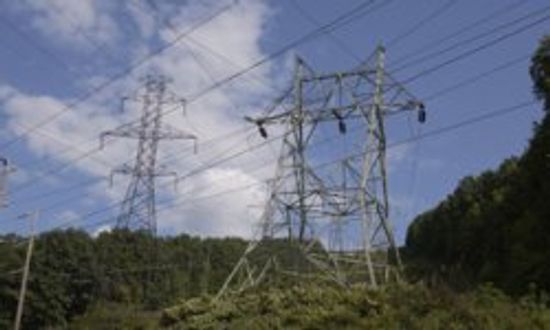
How to Sell Electricity Back to the Grid

6 Most Futuristic Cities Powered by Renewable Energy
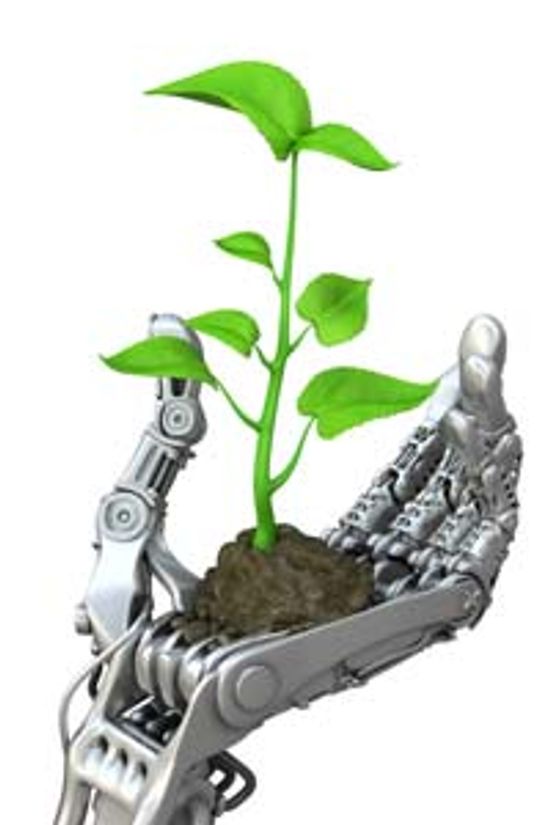
Top 5 Green Robots

5 Things to Consider When Building a Solar-powered Home
Learn More / Page 6
Satellite data shows just how much air quality has improved during the coronavirus crisis, from China, India, Italy and beyond.
The Mushroom Burial Suit is designed to give our dead bodies new life by breaking them down and nourishing the soil.
Some cities, even large ones, are making big strides in improving air quality.
By Loraine Fick
Advertisement
Scientists are hoping two enzymes are the key to breaking down huge amounts of plastic.
Introducing a new species into an ecosystem can have unforeseen and disastrous consequences for the species that already live there.
Relief wells made the news as a possible method to cut off the Gulf Coast oil leak, but that's not all they're used for. How do these wells prevent and stop dangerous overflows?
Global warming and climate change are terms often treated like synonyms, but they have different meanings. We'll explain the difference and why both are so important to know.
By Mark Mancini
Advertisement
Farming technologies have allowed the world to be fed, even though most people no longer farm. Only 2 percent of Americans are farmers, versus 90 percent in the 1700s. Which tools and technologies have had the most impact on farming and why?
The science is off the charts. Climate change is here and it's affecting the planet. We'll tell you how and where.
The unlikely symbiotic relationship of solar panels and agriculture is known as agrivoltaics. Is it coming to a farm near you?
The disastrous Feb. 3 train derailment contaminated East Palestine, Ohio. We talked to an expert about the potential environmental and health impacts to come.
Advertisement
You may have seen an expiration date on your bottle of water, but why? Can a natural substance like water really go bad?
By Alia Hoyt
Millions of people die every year because of poor air quality, new international research finds. That number is expected to rise in coming years.
Clean coal -- isn't that an oxymoron? Not anymore. See how energy companies are using coal in cleaner ways to generate massive amounts of electricity. Alternative fuels may be making headway, but coal isn't used up yet. Find out why.
By Sarah Dowdey

